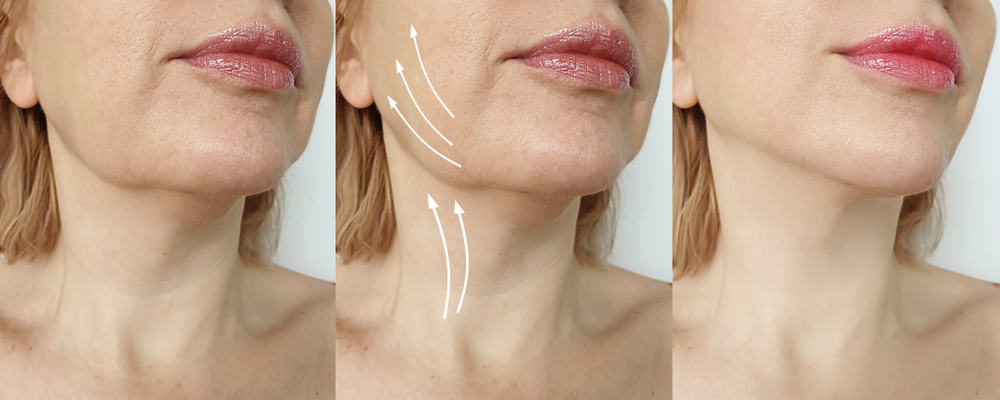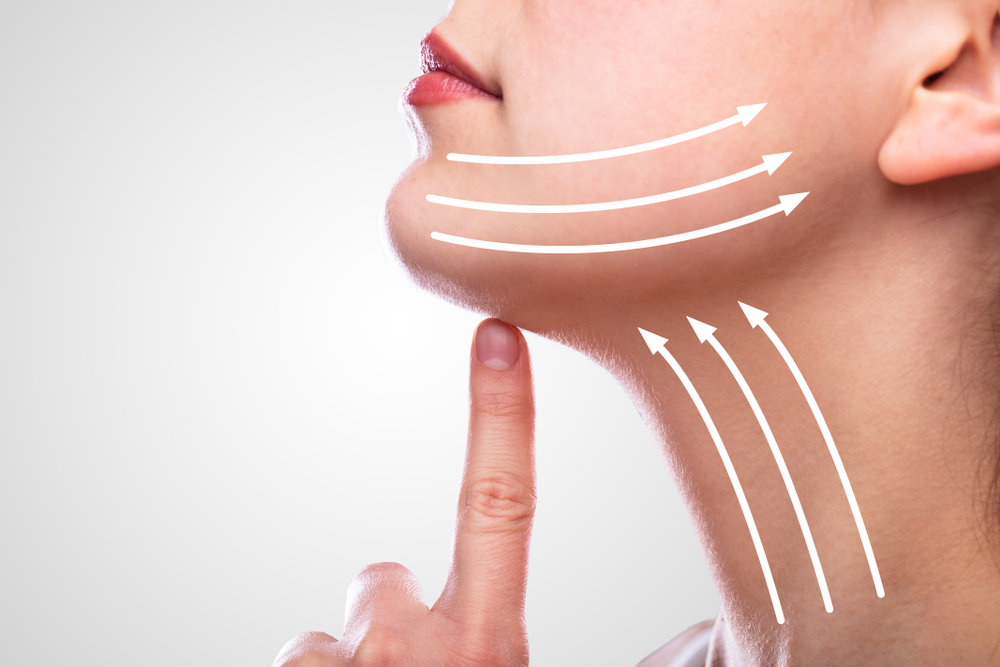
Did You Know?
Your surgeon can perform additional cosmetic procedures during a facelift. In fact, many surgeons recommend doing everything at once to make the process easier and more effective. During a facelift, your surgeon may be able to add facial fillers, resurface your skin, and reduce the appearance of wrinkles.







